Determining Cassette / Freewheel Type
This article will help determine whether your bike has a cassette or freewheel system, and what tool is needed to remove and install the rear cogs.
Cassette Vs. Freewheel
The rear cogs are attached to the hub in one of two ways. Newer bikes tend to use type hub called a “cassette hub.” The cassette hub uses a “freehub” sytem, which is a type of clutch mounted to the body of the hub. This cylindrical mechanism ratchets counter-clockwise for coasting, and locks clockwise for driving the bike when pedaled. The freehub body has a series of splines on the outer shell. “Cassette” sprockets slide over these splines. A lockring threads into the freehub and holds the sprockets, or cogs, in place. When the cogs are removed, the ratcheting freehub remains on the hub body. Most modern bicycles use the freehub system. See a typical cassette hub below.
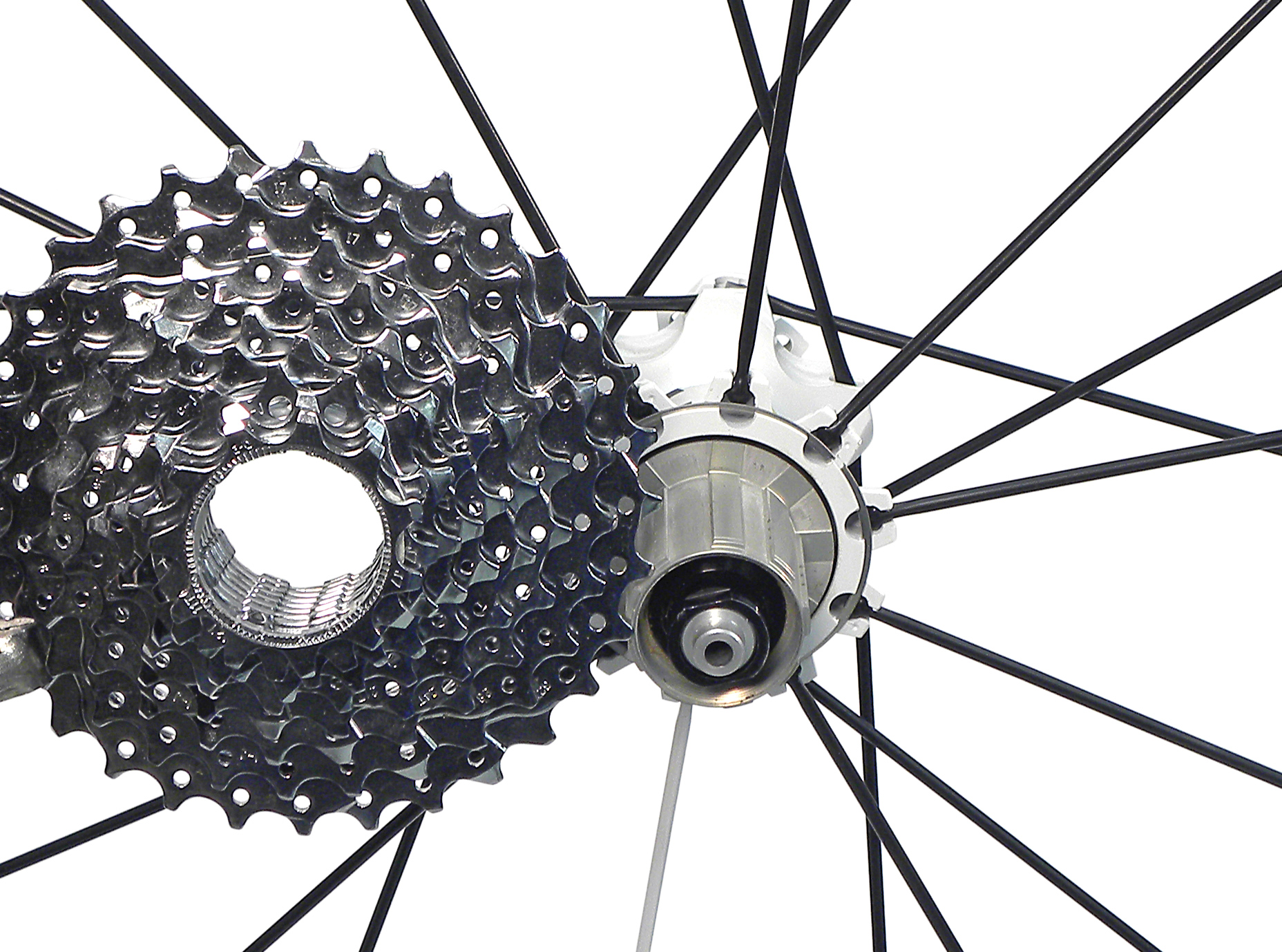
Older bikes may have a large external thread machined into the hub. The cogs and ratcheting body assembly, called a “freewheel,” threads onto the hub. The ratcheting mechanism comes off with the cogs when the freewheel unthreads for removal.
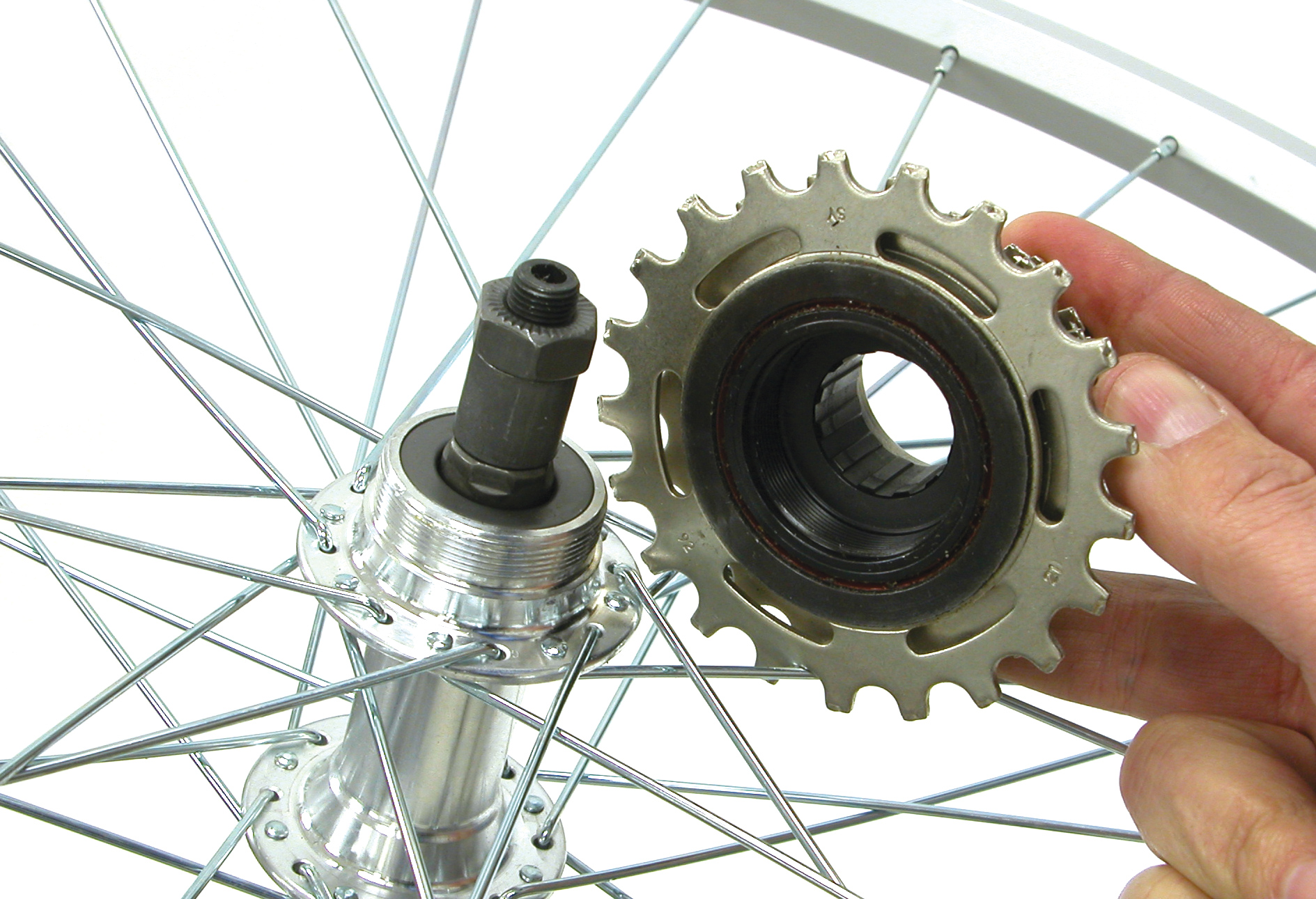
To determine if a sprocket is a freewheel or cassette system, remove the rear wheel from the bike. Find the tool fitting on the sprocket set. Spin the sprockets backwards. If the fittings spin with the cogs, it is a cassette system with a freehub. If the tool fittings do not spin with the cogs, it is a threaded freewheel system.
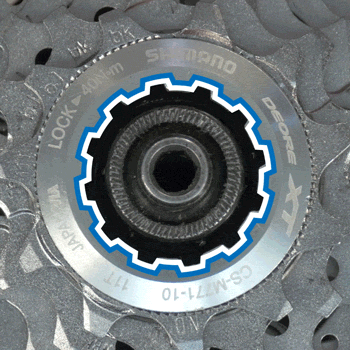
Cassette system - the tool fitting spins with the cogs
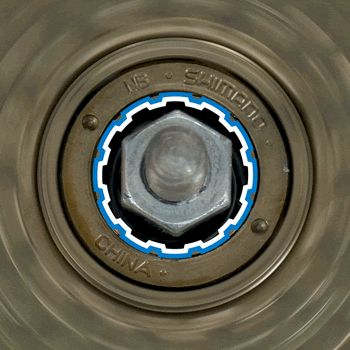
Freewheel system - the tool fitting does not spin
Before beginning the removal and installation process, you will need to determine the style or brand of cassette or freewheel you have. The removal tool must fit the part correctly, or both may become damaged. The following tables show every style that has a compatible installation & removal tool made by Park Tool.
Tool Compatibility – Cassette
| FR-5.2, FR-5.2G, FR-5.2GT, FR-5.2H | |
|---|---|
| Shimano®, SRAM®, Chris King®, Sun Race®, Hugi®, etc. cassette lockrings | 12 splines, approx. 23.4mm diameter |
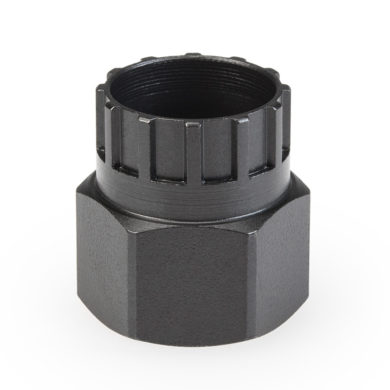 |
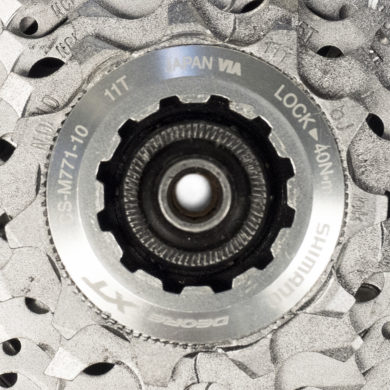 |
| BBT-5/FR-11 | |
| Campagnolo® cassette lockrings | 12 splines, approx. 22.8mm diameter |
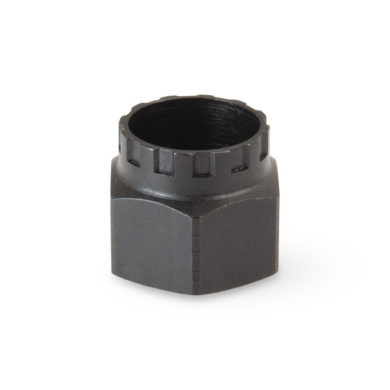 |
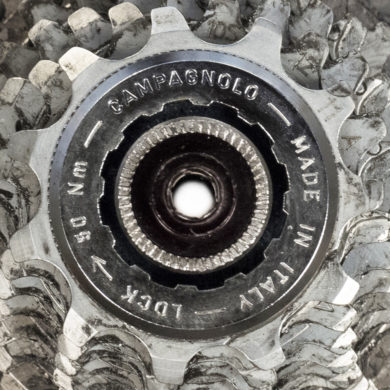 |
| HCW-17 | |
| Single-speed external notch lockring | 2 to 8 external notches |
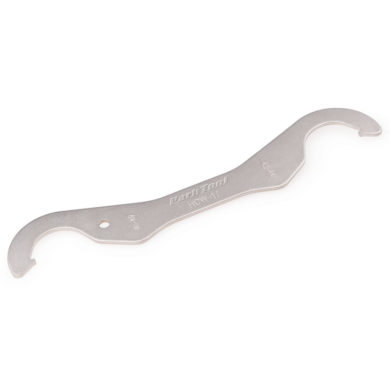 |
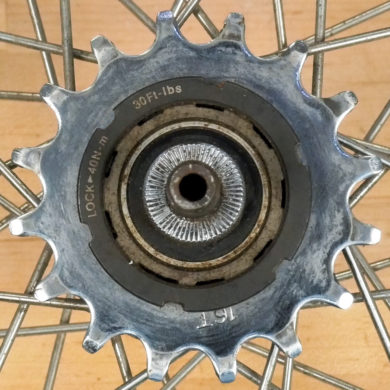 |
Choosing Between FR-5.2 Tools
Park Tool makes 4 different tools for the most common cassette lockring tool fitting. For an outline of the differences between the features of these tools, see the following video:
Tool Compatibility – Freewheel
| FR-1.3* | |
|---|---|
| Shimano®, Sun Race®, Sachs® | 12 splines, approx. 23mm diameter |
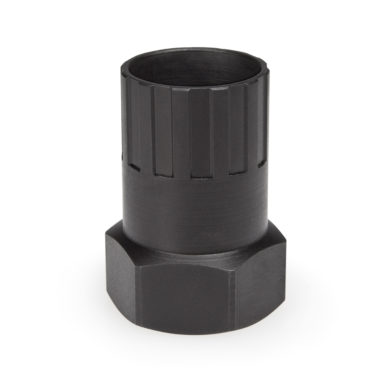 |
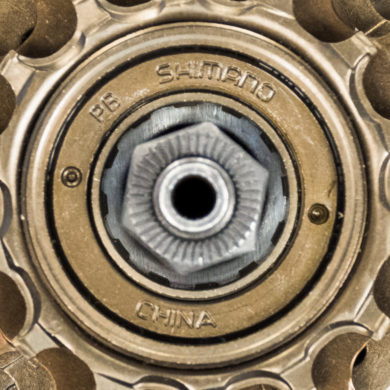 |
| FR-2 | |
| Suntour® two-notched | 2 notches, approx. 25mm diameter |
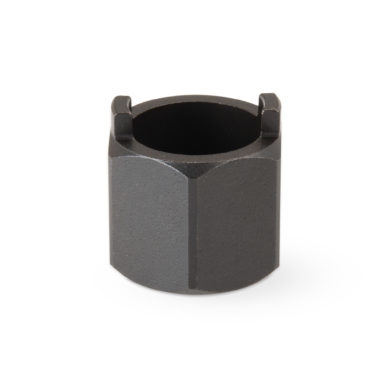 |
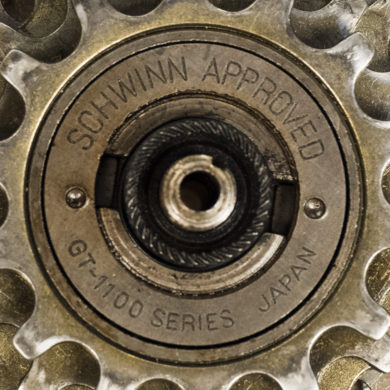 |
| FR-3 | |
| Suntour® four-notched | 4 notches, approx. 24mm diameter |
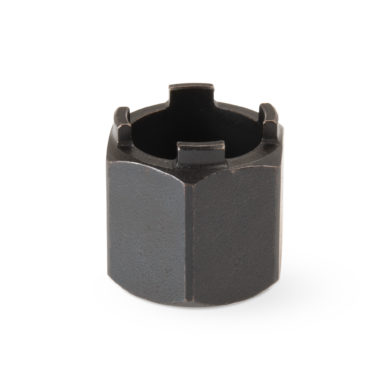 |
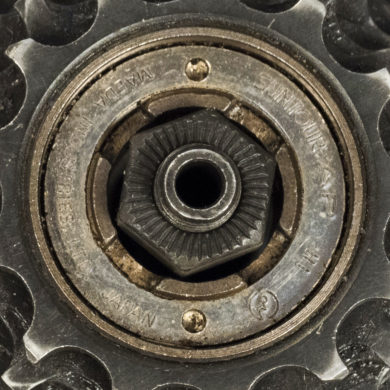 |
| FR-4 | |
| Atom®, Regina®, some Schwinn®-approved | 20 splines, approx. 21.6mm diameter |
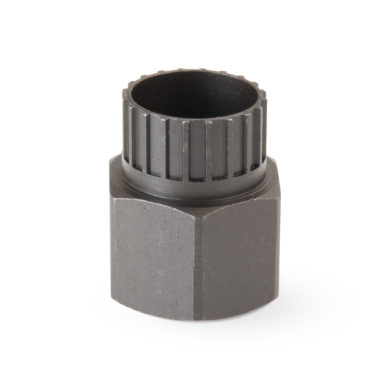 |
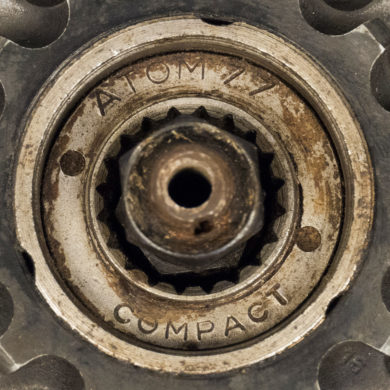 |
| FR-6 | |
| Single speed & BMX | 4 notches, approx. 40mm diameter |
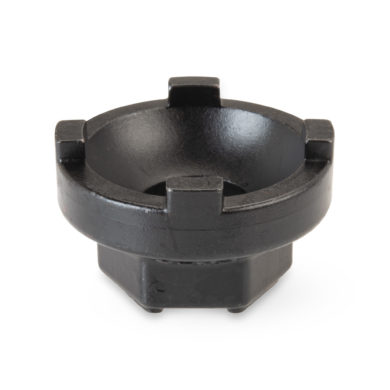 |
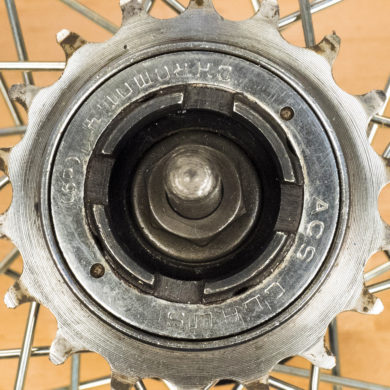 |
| FR-7* | |
| Falcon® | 12 splines, approx. 23mm diameter |
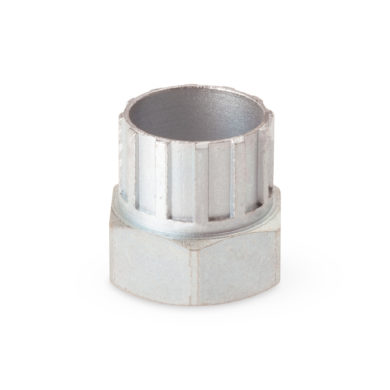 |
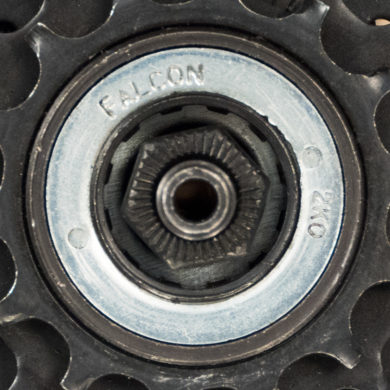 |
| FR-8 | |
| Compact single speed (30mm thread / “flip-flop hubs”) | 4 notches, approx. 32mm diameter |
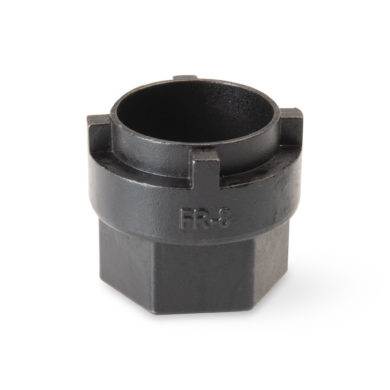 |
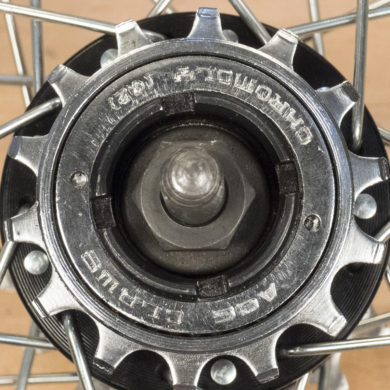 |
See Cassette Removal and Installation and Freewheel Removal and Installation for the process of using these tools.
*NOTE: Shimano-style and Falcon freewheels have similar but distinct tool fittings. DO NOT use the FR-1.3 on Falcon freewheels, or the FR-7 on Shimano-style freewheels.
There are older model freewheels where the tool is no longer available. An old Shimano standard has 12 splines of approximately 20mm. There is an older French Maillard freewheel with 24 splines with an approximate diameter of 31mm. Park Tool does not make tools for these freewheel systems.
It may still be possible reuse the wheel but it will require destroying the freewheel. There are also current models of freewheels that do not have an adequate design for removal. In the image below, the freewheel has two very narrow and shallow notches that do not allow enough purchase for a tool. Removal of this type of freewheel would likely result in ruining any both the freewheel and the tool. For either situation, see Freewheel — Destructive Removal.
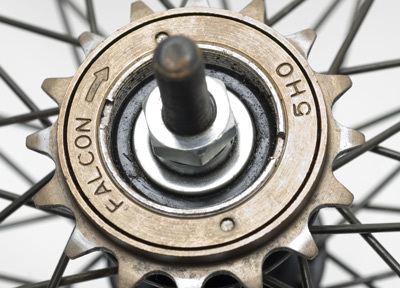
Very narrow and shallow removal notches in a single speed
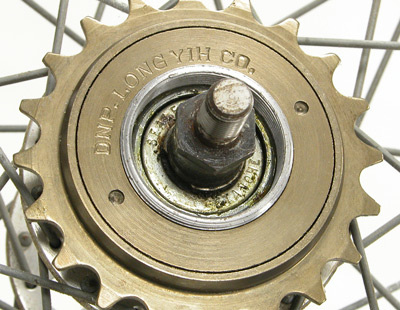
This model of freewheel has no removal tool fittings of any type